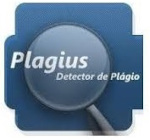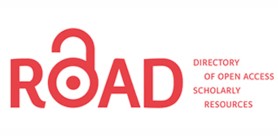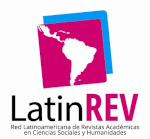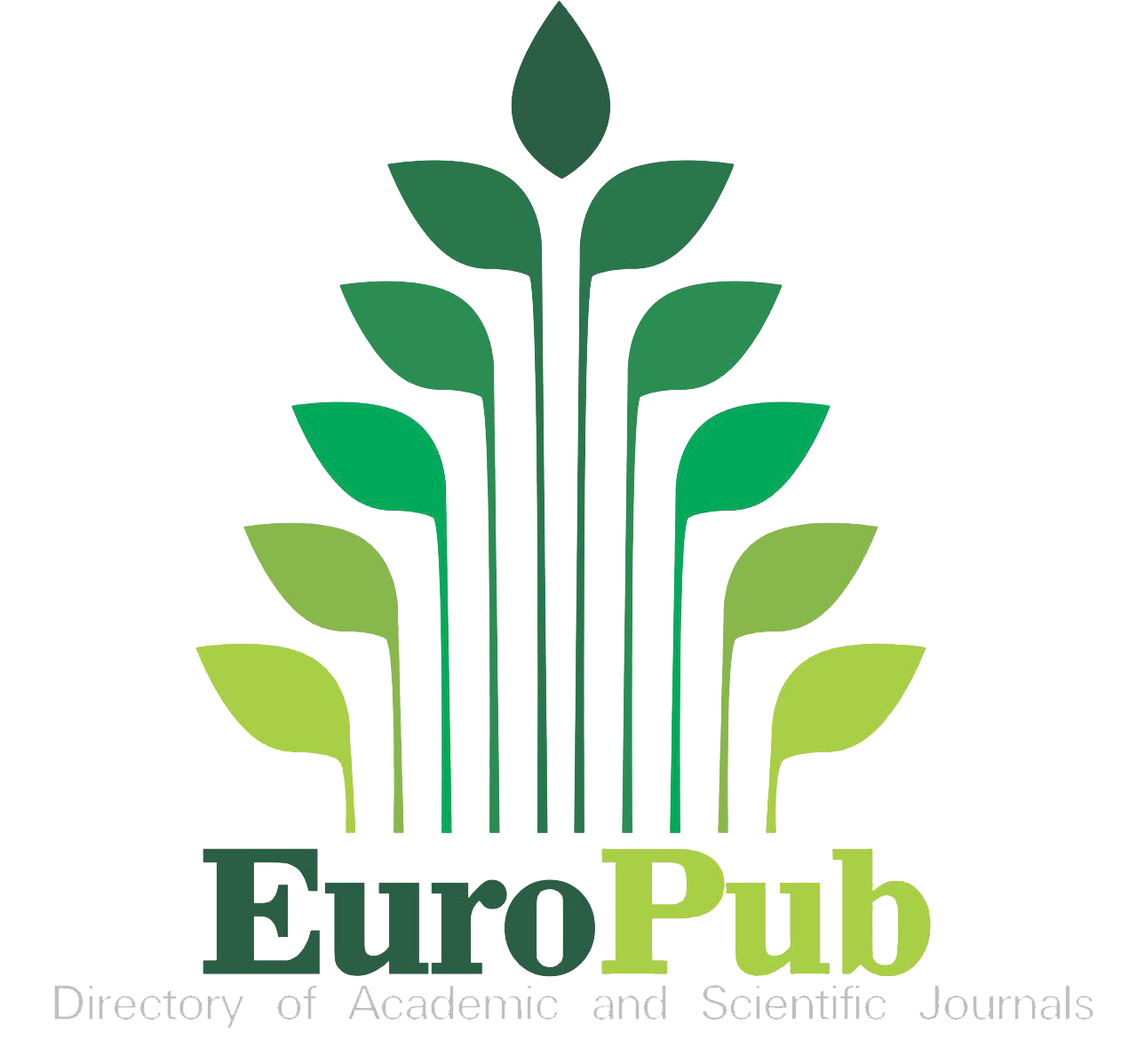A CRITICAL SEMIOTIC ANALYSIS OF NANDO MOTTA’S CARTOONS ON GLOBAL WARMING
Keywords:
Discursive Semiotics, Nando Motta, Cartoon, Global Warming, Critical-Reflective EducationAbstract
ABSTRACT: This article aims to propose a critical semiotic analysis of two editorial cartoons by Nando Motta, focusing on the theme of global warming, using discursive semiotics as the main theoretical framework. The main goal of the research is to explore the potential of syncretic meaning construction – that is, the articulation of verbal and visual languages within the same text—of the cartoons in question, whose approach aims to shape critical readers, grounded in the legal guidelines of the Brazilian National Common Curricular Base. From this perspective, Motta’s cartoons will be analyzed as pedagogical tools aimed at developing critical reading skills in ninth-grade students of Elementary Education, with the goal of raising awareness of ideological and civic manifestations involved in the process, highlighting the power of syncretic language in meaning interpretation. In this regard, the semiotic analyses will focus on two main axes: climate catastrophe and sociopolitical denialism. Through the generative path of meaning, the study will methodologically examine the fundamental, narrative, and discursive levels, highlighting the construction of meanings that articulate themes, figures, and visual categories (chromatic, eidetic, and topological).
Downloads
References
BAKHTIN, Mikhail. Estética da criação verbal. 3 ed. São Paulo: Martins Fontes, 2000.
BAKHTIN, Mikhail; VOLÓCHINOV, Valentin. Marxismo e Filosofia da Linguagem. São Paulo: Hucitec, 1981.
BARROS, Diana Luz Pessoa de. Teoria semiótica do texto. São Paulo: Ática, 1990.
BRASIL. Parâmetros Curriculares Nacionais: terceiro e quarto ciclos de ensino fundamental: língua portuguesa. Brasília: MEC/SEF, 1998.
_______. Base Nacional Comum Curricular. Brasília: Ministério da Educação, 2018.
CÂMARA JR., Joaquim Mattoso. Estrutura da língua portuguesa. Petrópolis: Vozes, 1975.
DESENHOS DO NANDO. Disponível em: https://www.instagram.com/desenhosdonando/.
GREIMAS, Algirdas Julien; COURTÈS, Joseph. Dicionário de semiótica. São Paulo: Contexto, 2008.
FIORIN, José Luiz. Elementos de análise do discurso. 15 ed. São Paulo: Contexto, 2014.
_______. Linguística e pedagogia da leitura. Scripta, Belo Horizonte, v. 7, n. 14, 1 sem. 2004, p. 107-117.
FONSECA, Joaquim. Caricatura: a imagem gráfica do humor. Porto Alegre: Artes e Ofícios, 1999.
HELLER, Eva. A psicologia das cores: como as cores afetam a emoção e a razão. São Paulo: Editora G. Gili, 2008.
KOCH, Ingedore Villaça; ELIAS, Vanda Maria. Ler e compreender: os sentidos do texto. 2 ed. São Paulo: Contexto, 2008.
MIANI, Rozinaldo Antonio. Charge: uma prática discursiva e ideológica. v. 1. n. 1. São Paulo: 9ª Arte, 2012, p. 37-48.
RAMOS, Paulo. A leitura dos quadrinhos. 2 ed. 2 reimpr. São Paulo: Contexto, 2023.
SAUSSURE, Ferdinand de. Curso de Linguística Geral. São Paulo: Cultrix, 2012.
TEIXEIRA, Lucia; FARIA, Karla; SOUSA, Silvia Maria de. Textos multimodais na aula de português: metodologia de leitura. Revista Desenredo, v. 10, n. 2, 2014, p. 314-335. Disponível em: https://seer.upf.br/index.php/rd/article/view/4295. Acesso em: 17 ago. 2024.
TEIXEIRA, Lucia. Para uma metodologia de análise de textos verbovisuais. In: OLIVEIRA, Ana Claudia de; TEIXEIRA, Lucia (Orgs.). Linguagens na comunicação: desenvolvimentos em semiótica sincrética. São Paulo: Estação das Letras e Cores, 2009, p. 41-77.
______. Achados e perdidos: análise semiótica de cartazes de cinema. In: LARA, Glaucia Muniz Proença; MACHADO, Ida Lucia; EMEDIATO, Wander (Orgs.). Análises do discurso hoje. v. 1. Rio de Janeiro: Nova Fronteira, 2008, p. 169-198.
Downloads
Published
How to Cite
Issue
Section
License
Copyright (c) 2025 Open Minds International Journal

This work is licensed under a Creative Commons Attribution-NonCommercial-NoDerivatives 4.0 International License.
The authors declare that any work submitted, if accepted, will not be published elsewhere, in English or in any other language, and even electronically, unless it expressly mentions that the work was originally published in the Journal.













